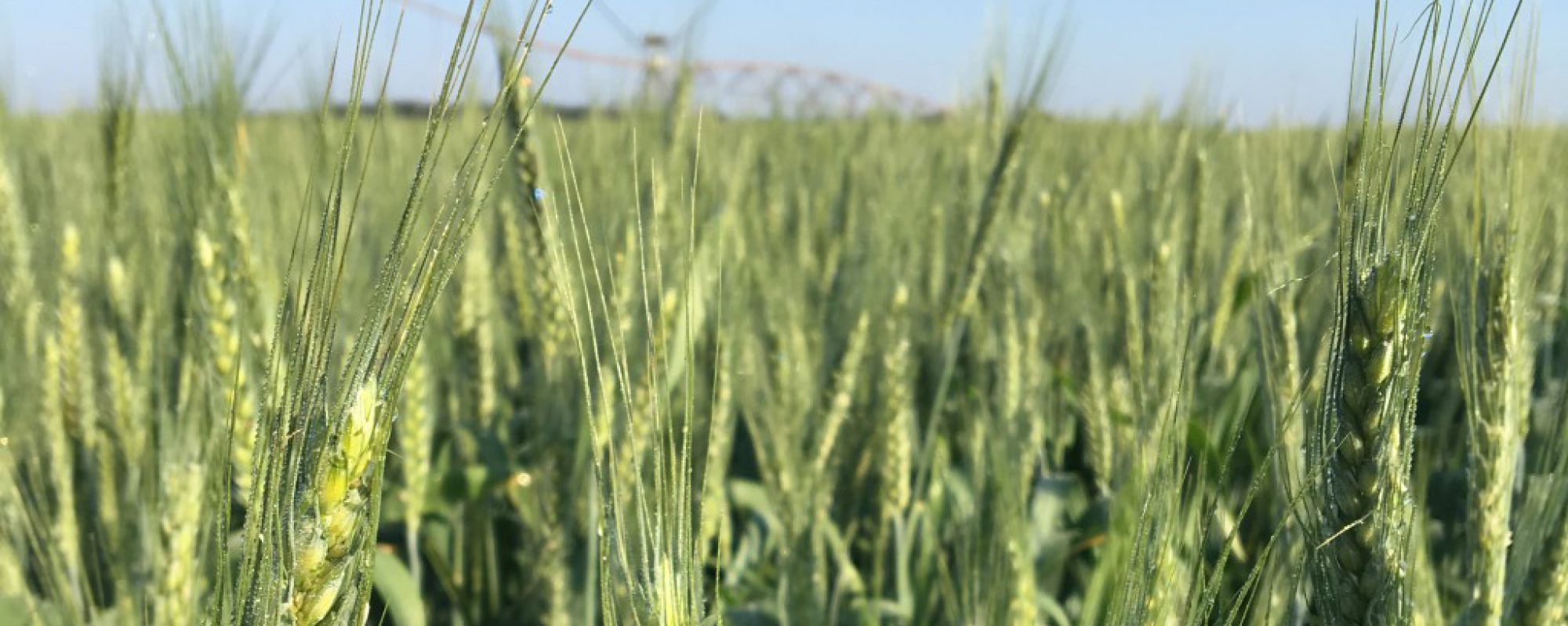Recent Posts
-
Yesterday I came across some mycelium in the peanut field in Abbeville that turned out to be false white mold. There are no BB’s or sclerotia present as in real white mold. Every year we see some of this in fields. It’s been a while since I’ve seen it. UGA Extension Pathologist Dr. Bob Kemerait…
-
I’m seeing quite a few insects in peanuts and we are getting damage from caterpillars now. This does not mean we are need to automatically spray. The first thing we need to do is scout our fields before we make spray decisions. There are still lots of beneficial insects out there that are helping us out.…
-
Peanuts are looking good in the county. These here are approaching 60 – 65 days and pods are developing really well. You can also see it was an even flower set. Pegs that are still coming on look good as well. No sign of white mold here, but we are having some pigweed issues. We…
-
Steve Morgan, County Agent in Harris County There are many important components in a successful livestock production system. One of the most important tasks in grazing management is understanding livestock stocking rate. It is critical in making timely management decisions that affect profits in beef cattle production. The optimum number of animals on a pasture…
Posted in: Livestock -
Most species of rushes and sedges are not an issue in ponds. There is one species, slender spikerush, that can be a major issue. I’ve seen some of that in Southwest Georgia. This week we looked at Creeping Rush (Junicus repens). Rushes are emergent weeds like aligatorweed, bladderwort, lilly pads, etc. This is just growing…
Posted in: Aquatics -
We were out looking at longleaf pine seedlings established on a plantation south of town. They have just planted around 12,000 longleaf pines. They are planting at 720 trees per acre. The trees are placed 6 freet from one another and rows are 10 feet apart. This will allow space for mowing for weed control.…
Posted in: Forestry -
I got a call yesterday about honeydew dripping on the windshield. This is a sign of yellow aphids in pecan. Yellow pecan aphids are smaller of two species of yellow-tinted plant lice that feed on the underside of foliage of pecan trees. The other species is called black-margined aphid that cause so-called “dripping of pecan…
-
What a season it has been for our watermelons and cantaloupes. We are picking cantaloupes now and watermelons are starting this week and this weekend. Gummy stem blight has been the main disease we’ve fought this season, diagnosing it nearly every week for the past month or so. So far, anthracnose has only been seen…
-
This is what our peanuts look like in Wilcox County right now. Seeing a little early leaf spot and caterpillar feeding. But on the note of fertility, It has been said, “If it don’t rain, it don’t matter.” We are putting out landplaster in peanuts now to supplement calcium. If we don’t have enough calcium, we get…
Posted in: Peanuts -
Here is our Group 3 soybeans planted May 16th in Wilcox County that are blooming now. They have received more rain on the north side of the county, but also growing well with some sunshine this past week. We’re also working with UGA Extension Scientist Dr. George Vellidis on finalizing details of the new soybean irrigation…
